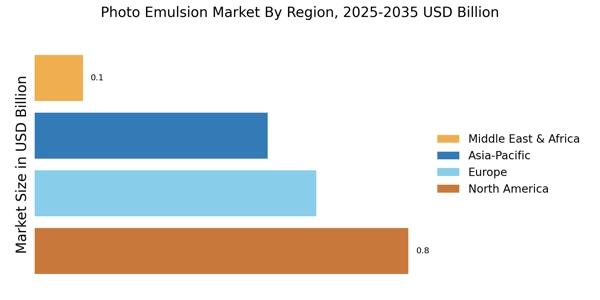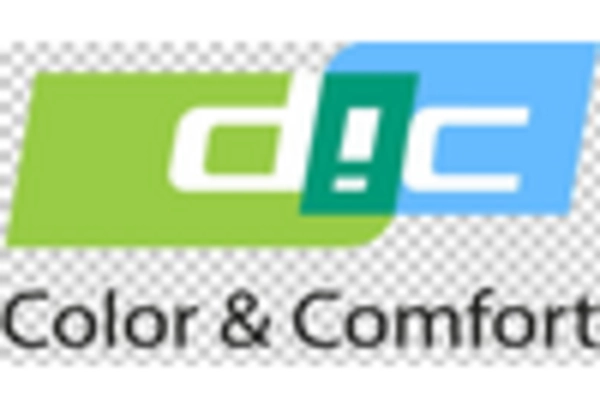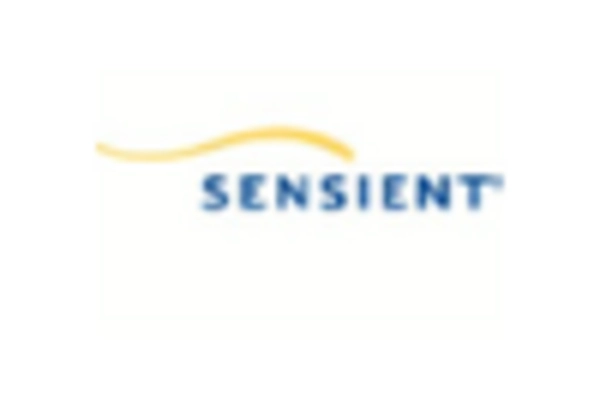Expansion of E-commerce Platforms
The expansion of e-commerce platforms is reshaping the retail landscape, leading to increased demand for photo emulsion products. As online businesses seek to enhance their branding and marketing efforts, the need for high-quality printed materials is becoming more pronounced. The photo emulsion market is poised to benefit from this trend, as e-commerce companies invest in custom packaging and promotional materials. Market analysis indicates that the e-commerce sector is expected to grow by 8% annually, which will likely drive the demand for photo emulsions. This growth presents opportunities for manufacturers to innovate and provide tailored solutions that meet the specific needs of online retailers.
Rising Demand in Textile Industry
The textile industry is experiencing a notable surge in demand for photo emulsion products, primarily due to the increasing popularity of screen printing techniques. As fashion trends evolve, manufacturers are seeking high-quality photo emulsions that offer superior resolution and durability. The photo emulsion market is projected to witness a growth rate of approximately 5.2% annually, driven by the need for innovative printing solutions. This demand is further fueled by the rise of eco-friendly textiles, prompting manufacturers to adopt sustainable practices in their production processes. Consequently, the photo emulsion market is likely to expand as textile producers invest in advanced technologies to enhance their product offerings.
Technological Innovations in Printing
Technological advancements in printing processes are significantly influencing the photo emulsion market. Innovations such as digital printing and automated screen printing are enhancing the efficiency and quality of print outputs. These advancements allow for faster production times and reduced waste, appealing to manufacturers seeking to optimize their operations. The photo emulsion market is likely to benefit from these innovations, as they enable the development of new formulations that cater to specific printing needs. Furthermore, the integration of smart technologies in printing equipment is expected to drive demand for specialized photo emulsions, thereby expanding the market's potential.
Increase in DIY and Crafting Activities
The rise in do-it-yourself (DIY) culture and crafting activities is contributing to the growth of the photo emulsion market. As more individuals engage in home-based projects, the demand for photo emulsions for screen printing and other applications is on the rise. Market data suggests that the crafting industry is experiencing a compound annual growth rate of around 7%, indicating a robust interest in personalized and handmade products. This trend is likely to encourage manufacturers to develop user-friendly photo emulsion products that cater to hobbyists and small-scale producers, further expanding the market's reach.
Growth in Advertising and Promotional Activities
The advertising sector is increasingly relying on visually appealing graphics, which has led to a heightened demand for photo emulsion products. The photo emulsion market benefits from the growing need for high-quality prints in promotional materials, banners, and signage. As businesses strive to capture consumer attention, the demand for vibrant and durable prints is expected to rise. Market data indicates that the advertising industry is projected to grow by 6.5% over the next few years, which will likely bolster the photo emulsion market. This trend suggests that companies are investing more in print advertising, thereby increasing the consumption of photo emulsions for various applications.


















Leave a Comment